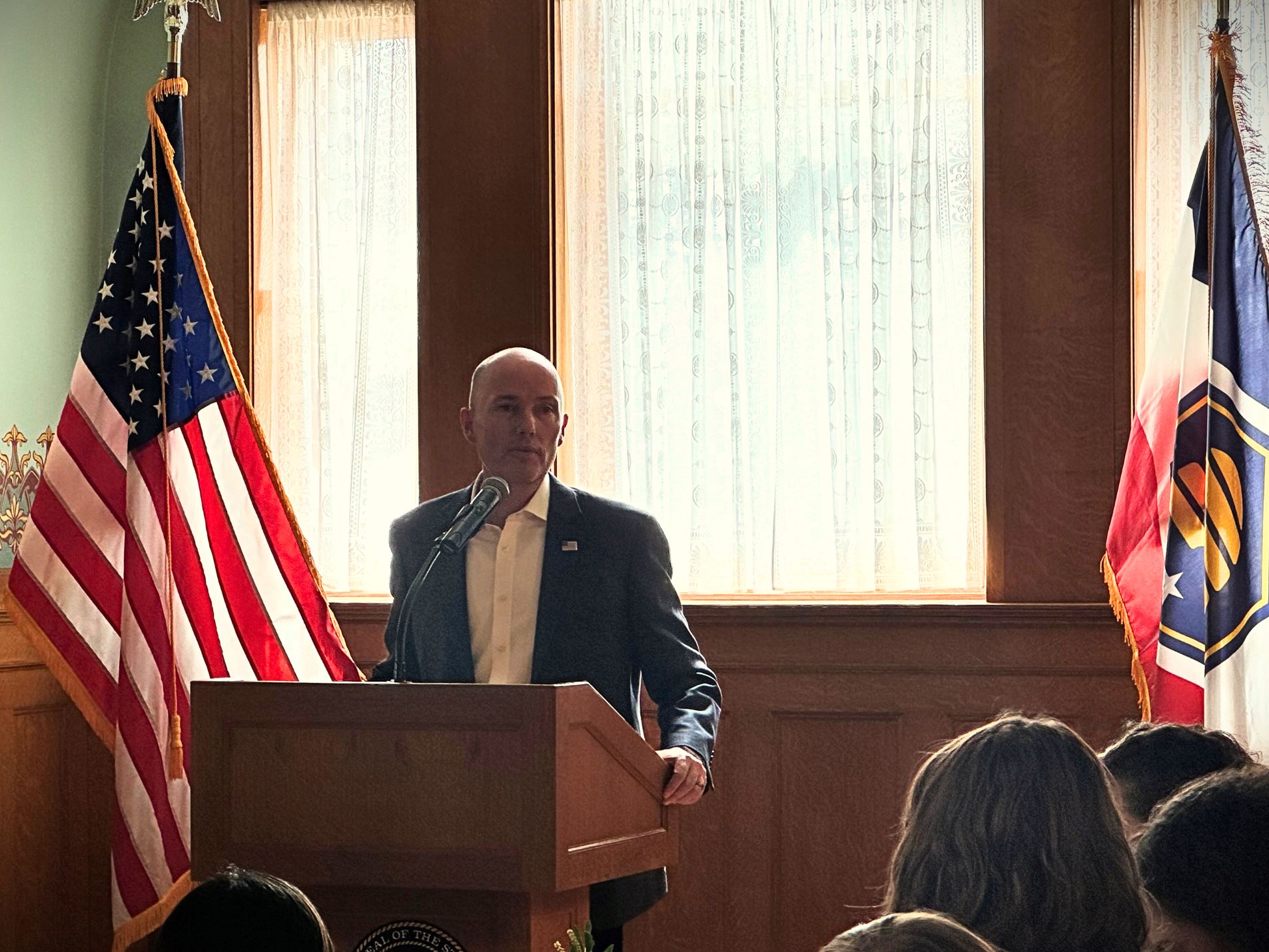3.1 Preamble
Governors strongly appreciate the efforts and sacrifices made by the men and women of the armed forces – active duty, reserve, National Guard and veterans – to protect the United States and preserve our way of life.
3.2 Council of Governors
The Council of Governors (Council) is a statutorily created council that brings together 10 governors, the Secretary of Defense, the Secretary of Homeland Security, the White House and other senior federal officials to improve collaboration and coordination between states and the federal government on matters relating to the National Guard, defense support to civil authorities, homeland defense and cybersecurity. The Council has proven itself to be a productive forum for addressing policy issues, improving communications and promoting the dual role of the National Guard. Governors support the work of the Council and urge the federal government to continue to support and utilize this forum to address issues pertaining to shared military resources and national security priorities.
3.3 Dual Status Command
Dual Status Command refers to the appointment of a single military officer to achieve unity of effort through simultaneously directing the operations of federal military forces under the command of the President and National Guard forces under the command of a governor. The appointment of a Dual Status Commander requires the consent of the affected governor and the Secretary of Defense on behalf of the President.
3.3.1 Principles
- The appointment of a National Guard officer as Dual Status Commander should be the usual and customary command arrangement during domestic emergency response operations involving state and federal military forces.
- The federal government should work with states to ensure that each state has more than one National Guard officer trained and certified to serve as a Dual Status Commander.
3.4 National Guard
The National Guard is the only military force a governor can mobilize to respond to domestic disasters and emergencies. Its operational strength is at an all-time high and the National Guard remains a cost-effective solution for sustaining and employing military capabilities at home and abroad. The National Guard’s dual role as an overseas operational force and as a homeland defense force requires cooperation between the federal government and states to ensure the National Guard is ready when called upon for service. That unique dual- missioned nature makes the National Guard a highly flexible organization capable of adapting to a changing threat environment, supporting both federal and state requirements for expanding missions such as cybersecurity and providing maximum return on investment for the nation and states alike. Governors urge the federal government to recognize that the National Guard offers our nation an efficient and readily available solution to domestic as well as global security requirements in an era of persistent conflict and constrained federal and state resources.
3.4.1 Principles
- Readiness and Full-Time Manning. Critical reductions in full-time manning over the last several years have brought the National Guard below current security requirements and should be reversed for the National Guard to meet its validated military and homeland response requirements.
- Training. The National Guard should be provided full parity in training to the same standard as the Active Component.
- Governors’ Authorities. Governors’ authorities to direct National Guard forces for homeland missions – in both State Active Duty and Title 32 – and in support of civil authorities should be protected and maintained. Governors should have maximum flexibility to use National Guard resources to conduct the full range of domestic support missions.
- Military Infrastructure. The federal government should help states erase the backlog of National Guard military construction, repair and modernization requirements. Recent years of high-intensity operations have left the Guard’s aging infrastructure in critical disrepair and persistent challenges related to lead from armory firing ranges remain a significant problem across the country.
- Benefit Parity. Title 32 service members who execute mobilizations should receive the same benefits as Active Duty counterparts, including Post 9-11 GI bill benefits and pre-mobilization Tricare benefits.
- Equipment and Procurement. The fielding of equipment and large-scale procurements should be concurrent and equitable across the Active Component and the National Guard. Recapitalization plans should not merely cascade legacy equipment from the Active Component to the National Guard.
- State Partnership Program. This partnership between the Department of Defense, a state’s National Guard and 76 nations is a critical component of our foreign policy and military relations and is critical to U.S. and global security, especially in tumultuous times.
- Youth Programs. National Guard programs such as the Youth Challenge and STARBASE programs play an important role in educating and motivating youth who may be at-risk or in historically underserved populations. National Guard youth programs help to promote good citizens and produce a qualified workforce.
- Cyber Growth. The National Guard should be given the authority and support to answer the demands for defensive cyber capabilities. More service members should be authorized in State Computer Network Defense Teams and Title 32 cyber forces to meet growing threats, especially since the National Guard is the only military service authorized by federal law to use military resources to protect and defend state government networks and other critical state infrastructure. Current training, opportunities and resources are insufficient.
Time limited (effective Winter Meeting 2017 – Winter Meeting 2019). Adopted Winter Meeting 2017.












